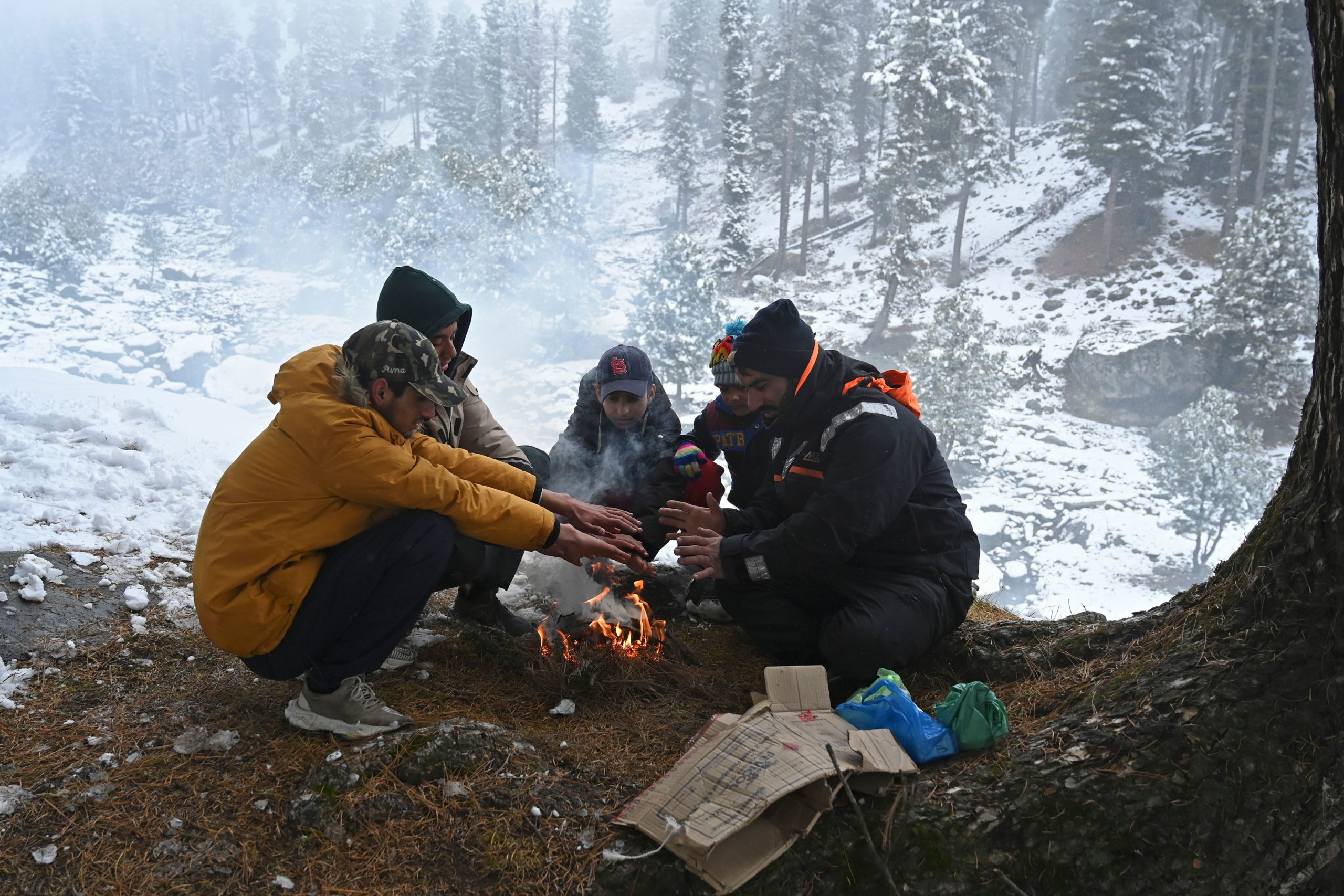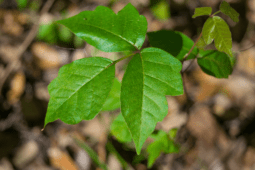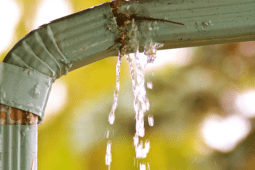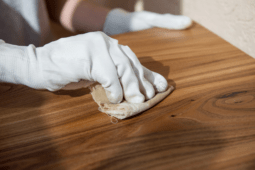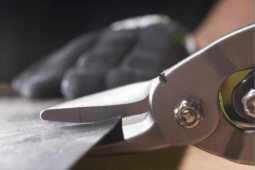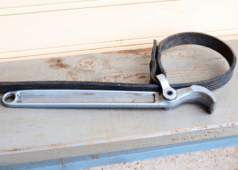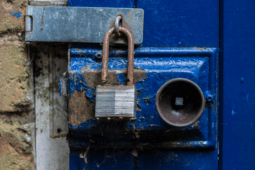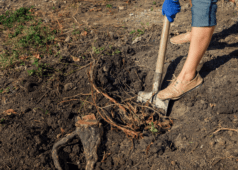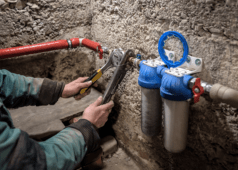How to Start A Fire in the Wild [4 Methods You Should Know]
Starting a fire in the wilderness was once a matter of life and death. It can still be a lifesaving skill if you’re ever lost or stranded in a remote area far from civilization, and without a cell phone signal.
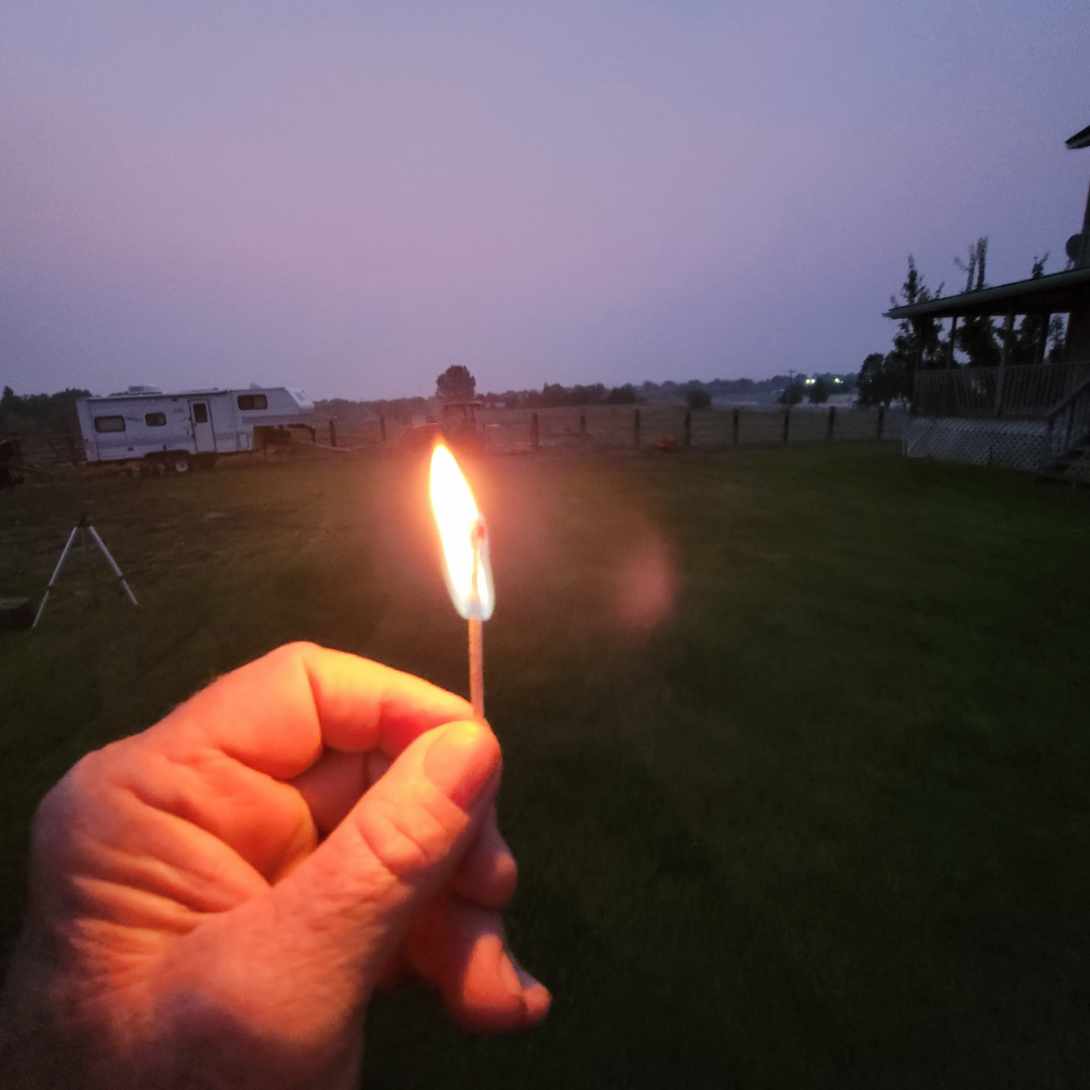
The idea of a one-match fire is a popular metaphor in literature, not just in wilderness survival, or hunting and fishing lore, but in the concept that once something is prepared correctly, the process will work with just a simple push to place it in motion.
We’re going to look at starting a fire that way in the wilderness.
The Four Methods to Starting a Fire
There are three standard ways to start a fire in the wild: you can use a match, a lighter, or flint, and steel.
The fourth way to start a fire is with friction, though this method takes the most effort, arguably. We will outline all four ways of getting a fire going.
Using a Match or a Lighter
The match and lighter are the easiest ways to start a fire, but preparation is still required for these modern innovations to ignite something.
Ignition is the key. You need to assemble combustible materials before you ever strike a match or twist the igniter on a lighter.
The best natural fire starter in the wild is an abandoned nest. A bird’s nest, a squirrel’s nest, or best of all, a packrat nest. These are always made of dry, combustible fibers such as leaves, bits of dry grass, and even old bird feathers.
If you find a nest, most of your work is finished.
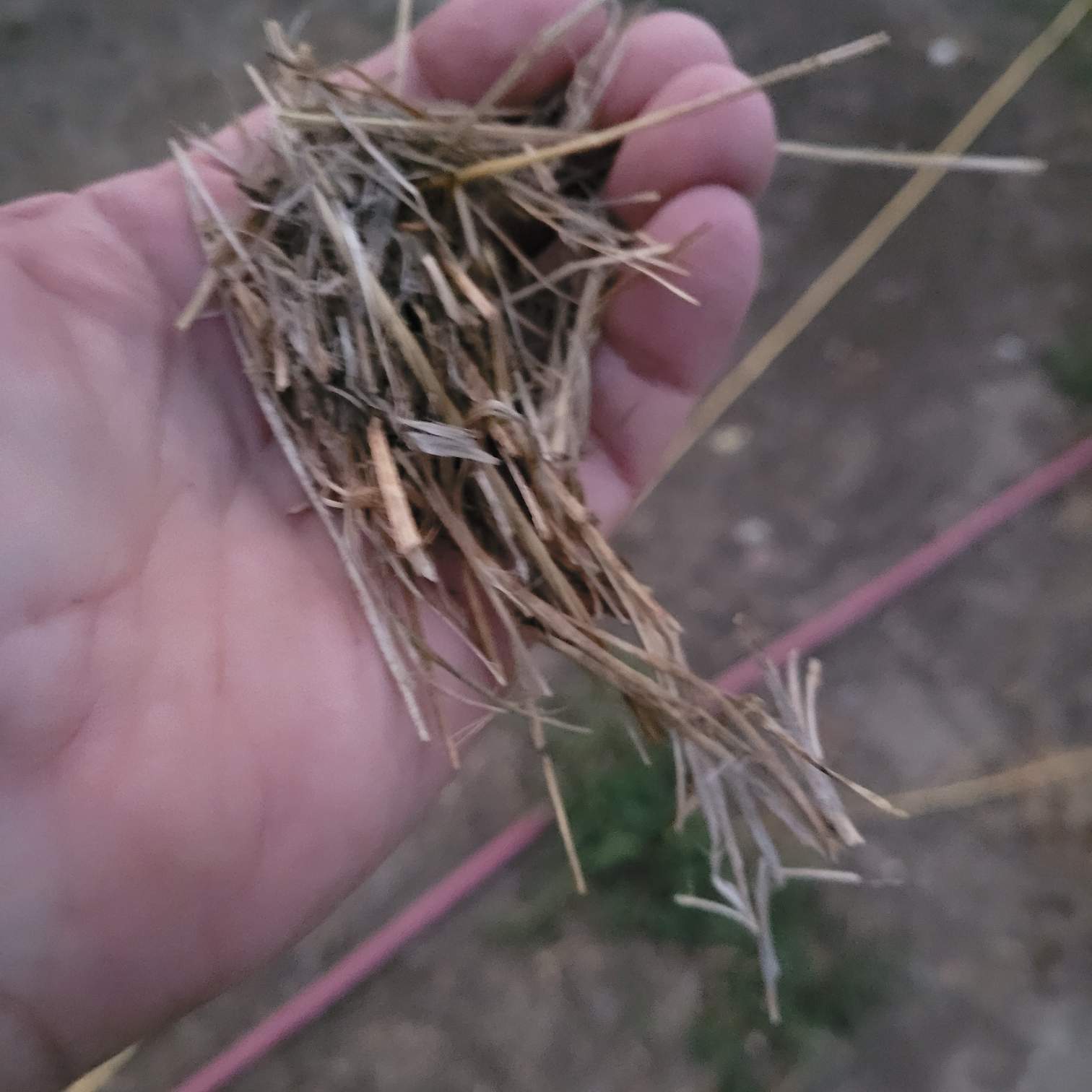
If not, the best natural material is dry grass, small dry sticks, and if you’re in an area with conifers, the dead, brown branches of a pine, spruce, or fir will go up like they’re made of gasoline.
This is starting material, you’ll need progressively larger branches, and then two to three-inch diameter limbs; wood that you can break by holding it and stepping on it. This will get a roaring fire going quickly.
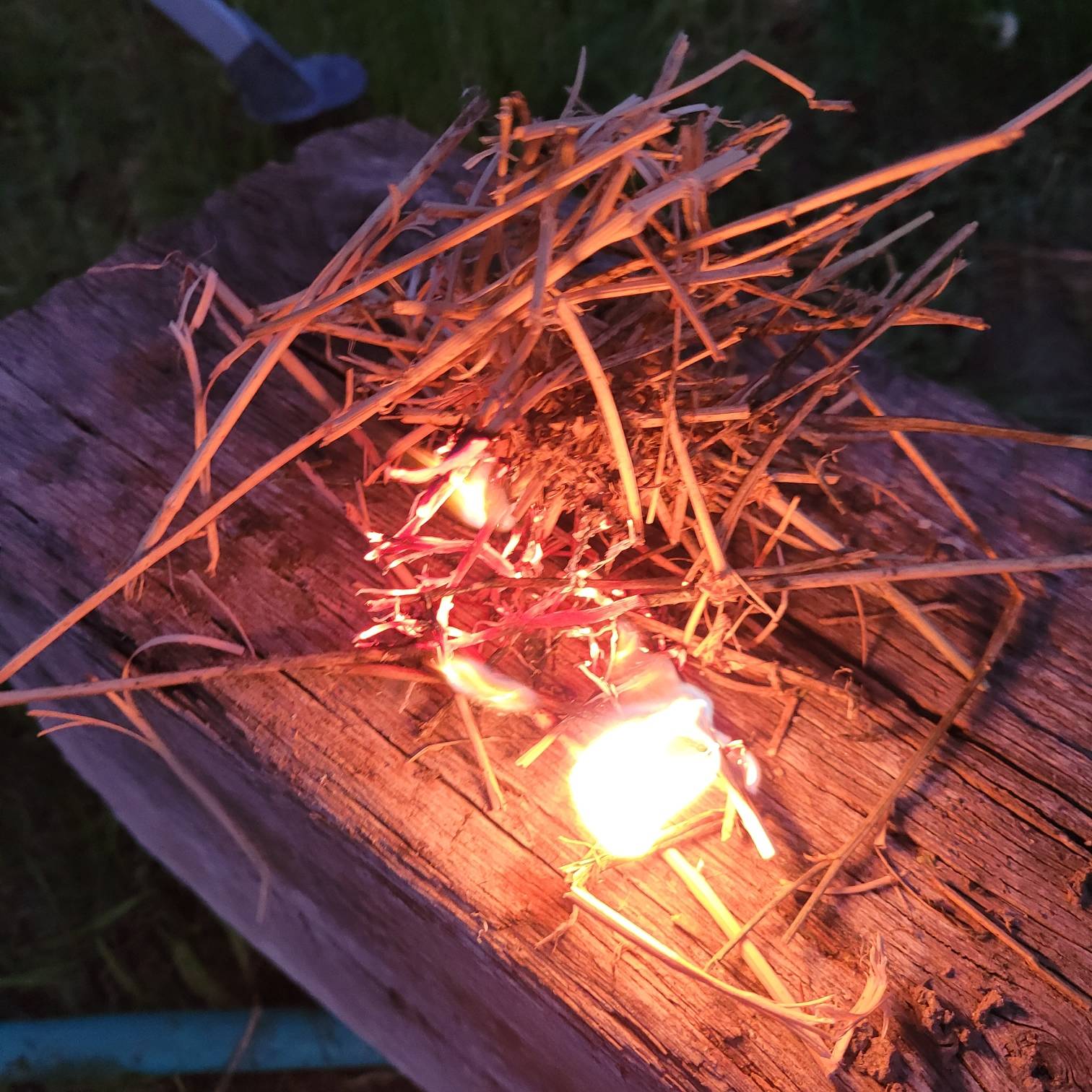
Using Flint & Steel
If you are using flint and steel, you’re already prepared to start a fire. If you have the foresight, the smart thing to do would be to pack some steel wool along with the flint and steel. When a spark hits the steel wool it will ignite and grow hot as you blow on it. Then you can progressively add grass, sticks, dry leaves, and finally wood until the fire is established.
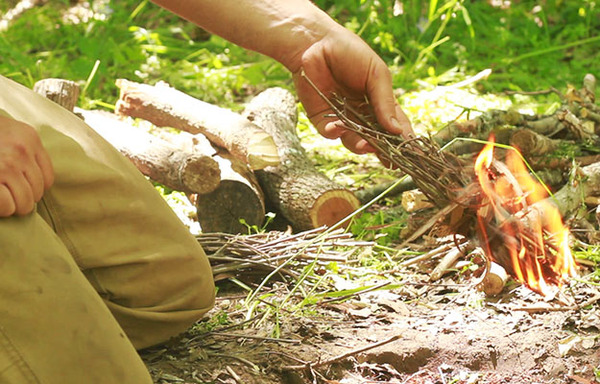
If you don’t have steel wool, you’ll have to keep working until a spark catches a bit of grass on fire.
Starting a Fire with Friction
Starting a fire via friction is a challenge, but one that you can do in a few minutes if you’ve prepared the materials needed first.
The best method is to create a bow from a thick, pliable branch and use a shoelace as the bowstring.
Build one of these and find the straightest dry stick you can. Whittle the end to a point with your pocket knife. Find a dry, flat piece of firewood or at least a dry log that won’t roll.
Start working the pointed end of the stick back and forth with the bow, creating a drilling motion. Put solid—but not excessive—down pressure on the bow with your opposite hand. Wear gloves, or use a shirt or coat sleeve to keep from blistering your hand.
As the friction from the point hits the flat piece it will begin to build up heat. Have dry grass in a fist-sized bunch next to you.
Keep working the bow until you see wisps of smoke rising. The tip of the drill stick will begin to char and turn red. Blow on the tip as it glows but keep the bow moving. Place a few pieces of grass next to the drill stick, increase your bow speed and blow on the grass. The stick will begin to smoke just before the grass ignites. When the grass ignites quickly, but carefully lay the ball of grass next to the flame.
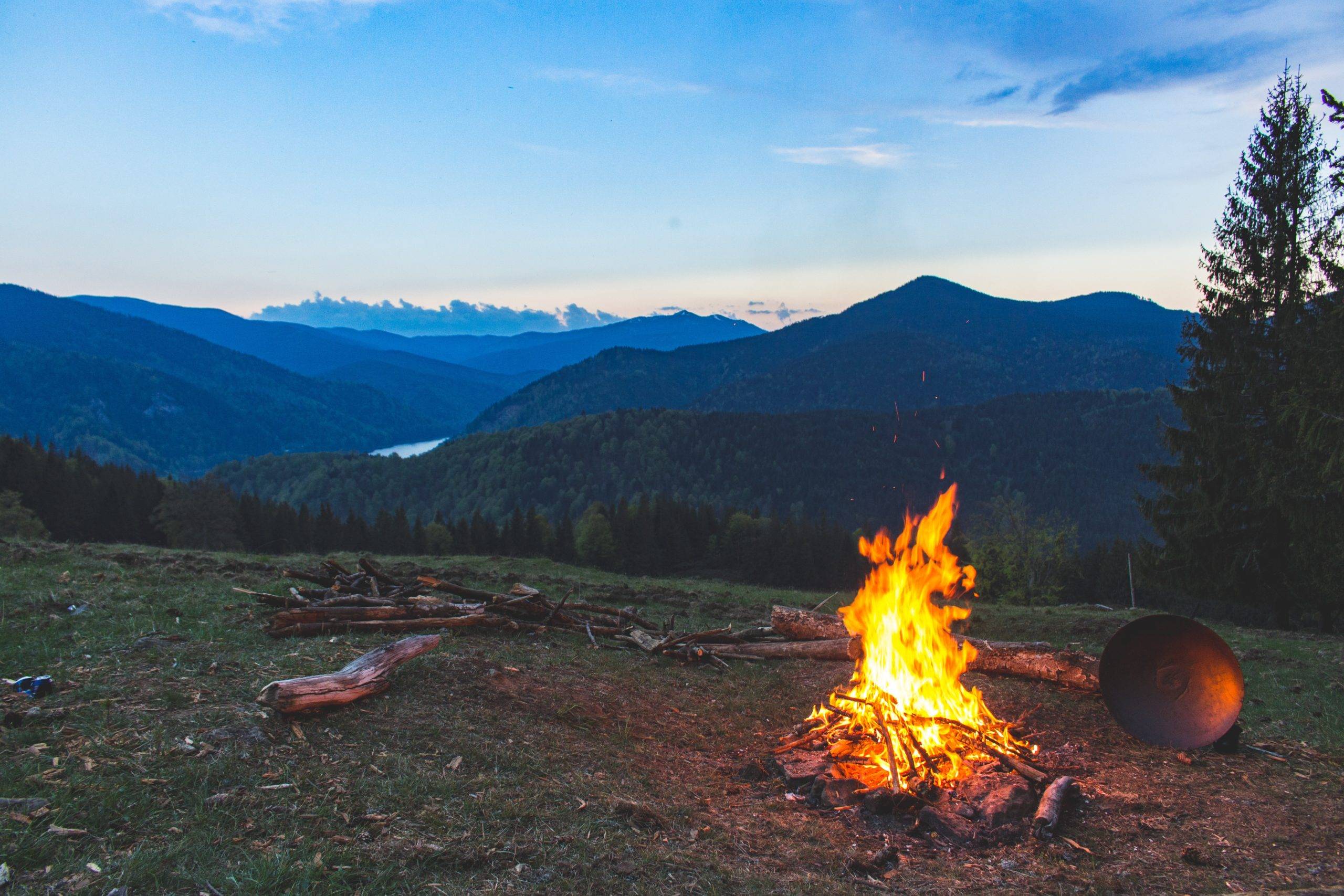
The entire mix will ignite and flame off quickly, so place your cache of dry twigs, leaves, and grass on the ball of grass.
You’ll have a fire going and now can place larger sticks, and finally wood on the fire.
Congratulate yourself! You might be lost or stranded, but at least you’ll be warm, and anyone looking for you can spot your fire in the darkness.
